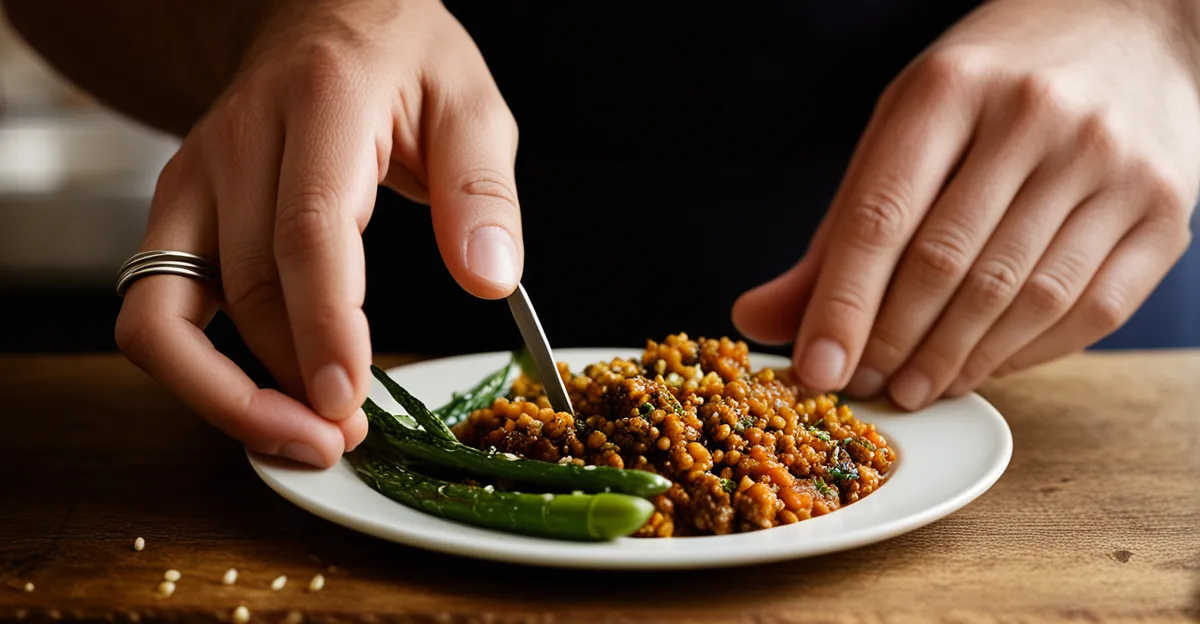The Historical Roots of Multicultural Influences in UK Cooking
The history of UK cuisine is deeply intertwined with migration and trade, setting the foundation for multicultural food evolution. Early interactions with Europe and beyond introduced new ingredients and cooking techniques, enriching traditional British fare. The rise of the British Empire expanded these culinary connections dramatically, as colonial ties brought spices, fruits, and cooking styles from Asia, the Caribbean, and Africa into British kitchens. For example, the popularity of spices like curry powder traces back to British colonialism and food exchanges with India.
Post-World War II immigration accelerated this trend, with large communities from India, the Caribbean, and Pakistan settling permanently in the UK. Their food traditions began melding with local tastes, encouraging new dishes that reflected diverse cultural identities. Notably, neighborhoods across the UK transformed into vibrant culinary hubs, evident in markets and restaurants embracing international flavors. This wave profoundly shifted British food culture, making multiculturalism inseparable from modern UK cuisine.
Topic to read : How Can UK Cooking Styles Influence Global Culinary Trends?
Understanding this context reveals how British food today continues to evolve as a dynamic fusion—a cuisine shaped by centuries of global interaction, migration, and cultural exchange.
Iconic International Ingredients and Dishes in Modern British Cuisine
British multicultural dishes have become cornerstones of contemporary UK food culture. For instance, Chicken Tikka Masala, often hailed as a national dish, symbolizes the adaptation of South Asian flavors to British tastes. Originating as a key immigrant recipe in the UK, its creamy tomato-based sauce combined with marinated grilled chicken represents a fusion born out of cultural blending. Similarly, jerk chicken, introduced by Caribbean communities, brings bold spices and smoky flavors that are now widely enjoyed.
Additional reading : What are the key ingredients in a traditional steak and kidney pie?
Popular UK international foods don’t just stay confined to restaurants. Supermarket shelves across the country showcase ingredients like coriander, garam masala, and scotch bonnet peppers, all staples introduced and popularised by immigrant communities. These ingredients enable home cooks to replicate authentic flavors and prepare diverse meals.
Restaurant menus in the UK increasingly reflect this multicultural food evolution, boasting dishes from Asia, the Caribbean, Africa, and beyond. This trend shows how British colonialism and food history paved the way for an embracing attitude toward international foods, making global cuisine an everyday pleasure rather than an exception. The widespread availability and appreciation of such dishes highlight a seamless integration of multicultural influences into modern British eating habits.
Fusion Food and Innovative Chefs Shaping British Food Culture
The rise of fusion cuisine UK reflects a vibrant trend where multicultural chefs creatively blend diverse culinary traditions. Renowned chefs often combine ingredients and techniques from different cultures, transforming classic recipes into innovative dishes that appeal to modern palates. This process highlights the dynamic nature of British food culture and celebrates its multicultural heritage with fresh perspectives.
Unique fusion restaurants and street food vendors contribute significantly to this movement. They offer accessible, bold flavors that merge, for example, Asian spices with British staples or African influences with European cooking methods. This accessibility helps popularize fusion cuisine UK beyond high-end dining, embedding it into everyday food experiences.
Television and food media have played a powerful role in normalizing and celebrating fusion cuisine. Food shows and celebrity chefs expose audiences to multicultural cooking, inspiring home cooks and professional kitchens alike. By showcasing the creativity of multicultural chefs, media platforms encourage acceptance and curiosity toward new flavor combinations, reinforcing fusion as a defining characteristic of modern British food trends.
This synergy between innovation and cultural exchange continues to shape the UK’s evolving food scene, ensuring fusion cuisine UK remains a compelling symbol of its rich, multicultural culinary identity.
Everyday Multiculturalism in UK Homes and Food Businesses
Multiculturalism thrives vividly in multicultural home cooking UK, showcasing how immigrant traditions enrich everyday meals. Many British households regularly prepare dishes rooted in diverse cultures, blending familiar ingredients with those introduced by immigrant communities. This integration reflects a natural acceptance of varied cuisines as part of daily life, not just special occasions.
Community food businesses play an essential role in this landscape. Immigrant-owned restaurants, takeaways, and markets offer authentic flavors that attract both their own communities and wider customers eager to explore international tastes. These businesses often serve as cultural hubs, preserving culinary heritage while contributing economically to local areas.
The influence extends to British social customs and festivals, where food from different cultures is central. Diverse culinary traditions shape gatherings, celebrations, and markets nationwide, reinforcing multicultural food’s social importance beyond mere consumption. Cultural exchange through food fosters understanding and connection in communities.
Overall, the immigrant influence on British food habits is profound and ongoing. It nurtures an inclusive culinary identity where multicultural dishes become as familiar as traditional British fare—highlighting how everyday life in the UK reflects a rich, shared food heritage.





